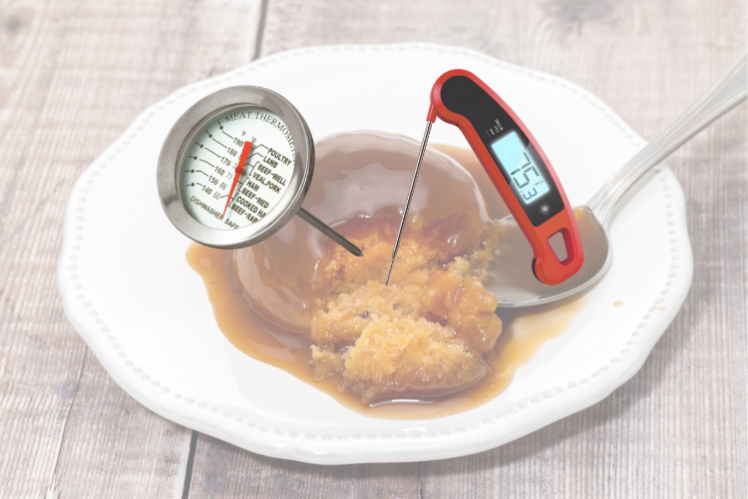When diving into the magical world of confectionery, precision is key. Crafting mouthwatering delicacies like fudge, caramel, and toffee requires a delicate balance of temperatures to achieve the perfect texture and flavor. While dedicated candy thermometers are available, you might wonder if you can use a meat thermometer for candy-making instead. This comprehensive guide will explore all the possibilities and answer the questions regarding this topic.
Understanding Thermometers: Candy vs. Meat
To decide which unit can be utilized for candy-making, it is essential to understand the differences and similarities between candy and meat thermometers.
Candy Type
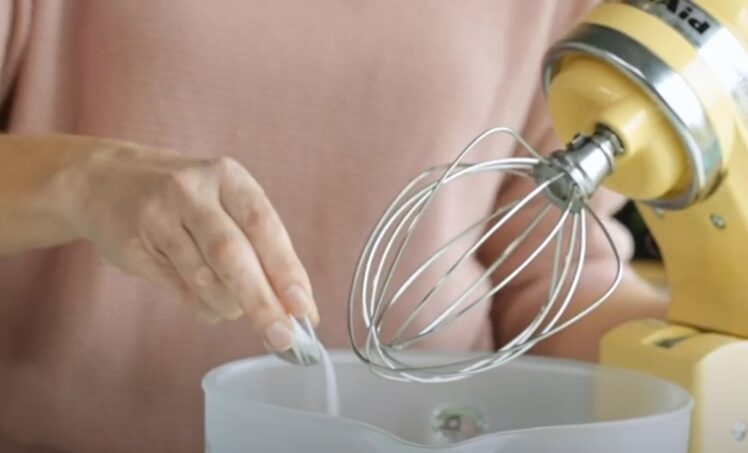
Candy thermometers are designed to measure high temperatures ranging from 100°F to 400°F (37°C to 204°C). They come in a variety of styles, including glass, digital, and infrared. They typically have a clip to attach to the side of a pot, keeping the probe submerged in the hot sugar mixture while keeping the device off the bottom of the pot to ensure accurate readings.
Meat Type
Meat thermometers are designed to measure lower temperature ranges, from 32°F to 392°F (0°C to 200°C). They come in analog and digital versions and can be instant-read or leave-in types. They are intended to be inserted into the thickest part of the meat without touching the bone to ensure accurate readings.
Can a Meat Thermometer Be Used for Candy?
While meat thermometers are not explicitly designed for candy-making, some models can still provide accurate readings within the necessary temperature range for confections. To determine if it can double as a candy thermometer, consider the following factors:
Temperature Range
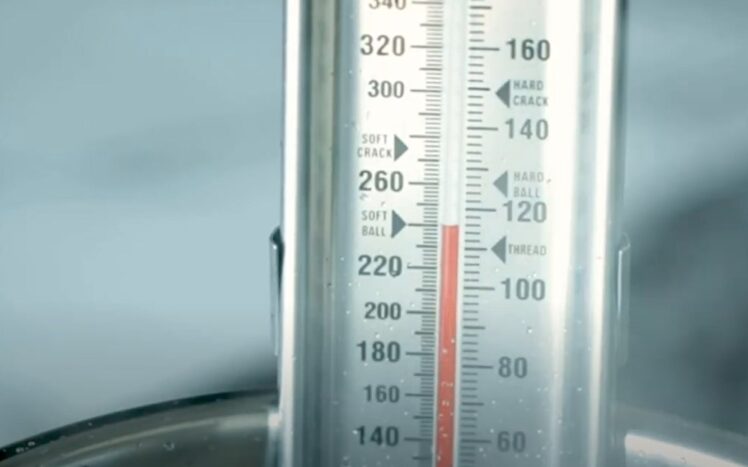
The key to using this device for candy-making is ensuring that it covers the required temperature range. Candy temperatures typically fall between 230°F and 300°F (110°C and 149°C). Check the specifications of your device to confirm if it can measure temperatures within this range.
Accuracy
Accuracy is crucial in candy-making, as even a few degrees off can result in a different texture or consistency. Meat thermometers may not be as precise as candy ones in higher temperature ranges, which could affect the outcome of your confections. However, some high-quality digital meat thermometers offer accuracy within ±1°F or ±2°F, making them suitable for candy-making.
Responsiveness
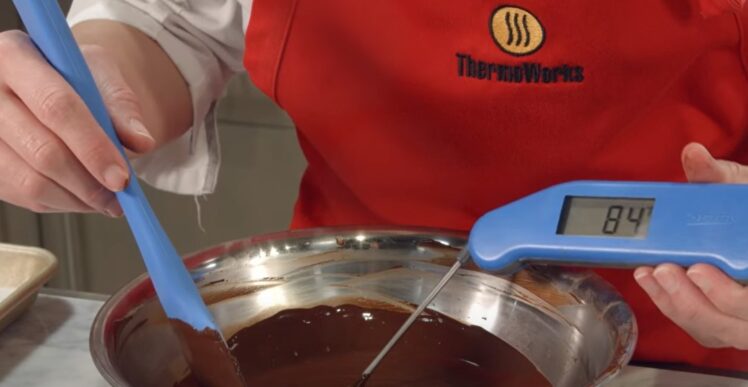
Candy temperatures can change rapidly, so a thermometer with a quick response time is vital. The meat variation may not provide readings as quickly as the candy one, but some instant-read digital models have response times of 2-4 seconds, making them a viable option.
Probe Length and Material
The probe of a meat thermometer must be long enough to be submerged in the sugar mixture without touching the bottom of the pot. Additionally, the probe material should be able to withstand high temperatures without damage. Stainless steel probes are ideal for this purpose.
Tips for Using a Meat Thermometer for Candy
If you’ve determined that your meat thermometer is suitable for candy-making, follow these tips to ensure success:
Calibration
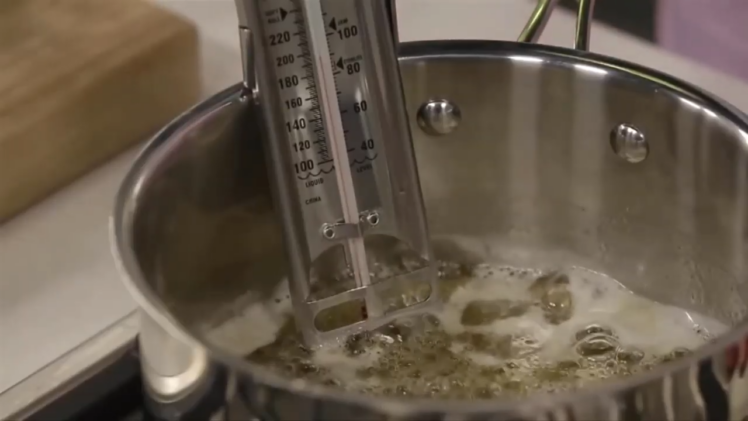
Before using your meat thermometer for candy, calibrate it by placing the probe in a pot of boiling water. At sea level, water boils at 212°F (100°C). If it reads within 1-2 degrees of this temperature, it’s ready for use. If not, adjust it according to the manufacturer’s instructions or take the discrepancy into account when reading temperatures.
Proper Positioning
Position the meat thermometer probe in the center of the sugar mixture, ensuring it doesn’t touch the pot’s bottom or sides. If it doesn’t have a clip, hold it in place or secure it with a clip-on pot handle, taking care not to let the probe touch the bottom.
Monitor Temperature Closely
As mentioned earlier, temperatures can change quickly during candy-making. Keep a close eye on the thermometer, and adjust the heat accordingly to maintain the desired temperature.
Clean It Regularly
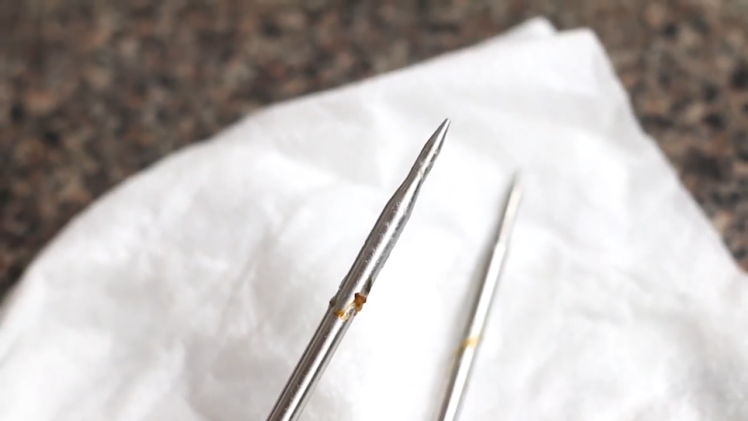
Clean it promptly after use, as hardened sugar can be difficult to remove. Rinse the probe with warm water, and use a soft brush or cloth to clean off any residue. Avoid submerging it entirely, especially if it’s digital.
Candy-making Tips and Tricks
Now that you’re ready to use your meat thermometer for candy, here are some additional tips to help you create sweet confections:
Choose the Right Pot
Select a heavy-bottomed pot to ensure even heat distribution and avoid hot spots. A larger pot is also helpful, as sugar mixtures tend to bubble and expand when heated.
Prevent Crystallization
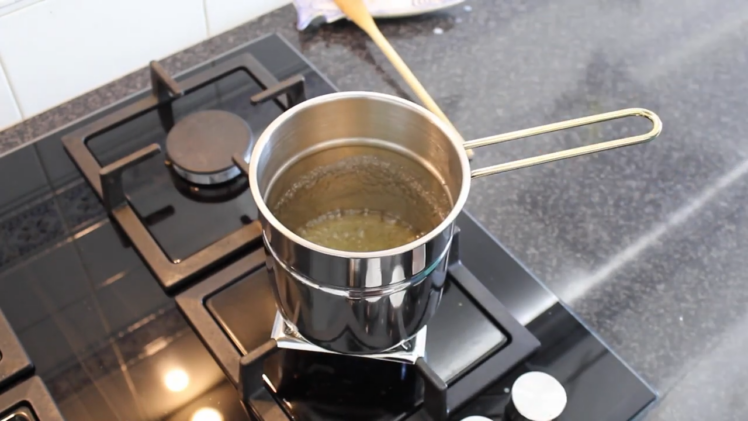
To prevent sugar crystals from forming, avoid stirring the mixture once it starts boiling. You can also brush down the sides of the pot with a wet pastry brush to remove any sugar crystals.
Frequently Asked Questions
1. Can I use any type of meat thermometer for candy-making?
Not all meat thermometers are suitable for candy-making. It’s essential to choose a meat thermometer that covers the required temperature range, has acceptable accuracy and responsiveness, and features a probe made of heat-resistant material.
2. Do I need to calibrate my meat thermometer before using it for confections?
Yes, calibrating it ensures accurate readings. Test it in boiling water and adjust it according to the manufacturer’s instructions if necessary.
3. Can I leave my meat thermometer in the sugar mixture while it’s cooking?
If it is a leave-in type, you can leave it in the mixture. Ensure that the probe is positioned correctly and not touching the bottom or sides of the pot.
4. How do I clean my meat thermometer after using it for candy?
Rinse the probe with warm water, and use a soft brush or cloth to clean off any residue. Avoid submerging the entire thermometer, especially if it’s digital.
5. Are there any drawbacks to using a meat thermometer for candy-making?
Meat thermometers may not provide readings as quickly or accurately as candy thermometers, which could affect the outcome of your confections. However, a high-quality meat thermometer with the appropriate features can still be suitable for candy-making.
6. Is it safe to use a meat thermometer with non-stick cookware?
Stainless steel probes are safe to use with non-stick cookware. However, be cautious not to scratch the non-stick surface with the probe when positioning it in the sugar mixture.
7. Can I use an infrared thermometer for candy-making?
Infrared ones are not ideal for candy-making, as they measure surface temperatures rather than the internal temperature of the sugar mixture. It’s best to use a thermometer with a probe that can be submerged in the mixture for more accurate readings.
Final Words
While a meat thermometer may not be the perfect tool for candy-making, certain models can serve as a suitable substitute for candy. As long as the it has an appropriate temperature range, accuracy, responsiveness, and a suitable probe, you can confidently use it for your confectionery creations. By following the tips and tricks outlined in this guide, you’ll be well on your way to crafting delightful homemade candies with this device.

